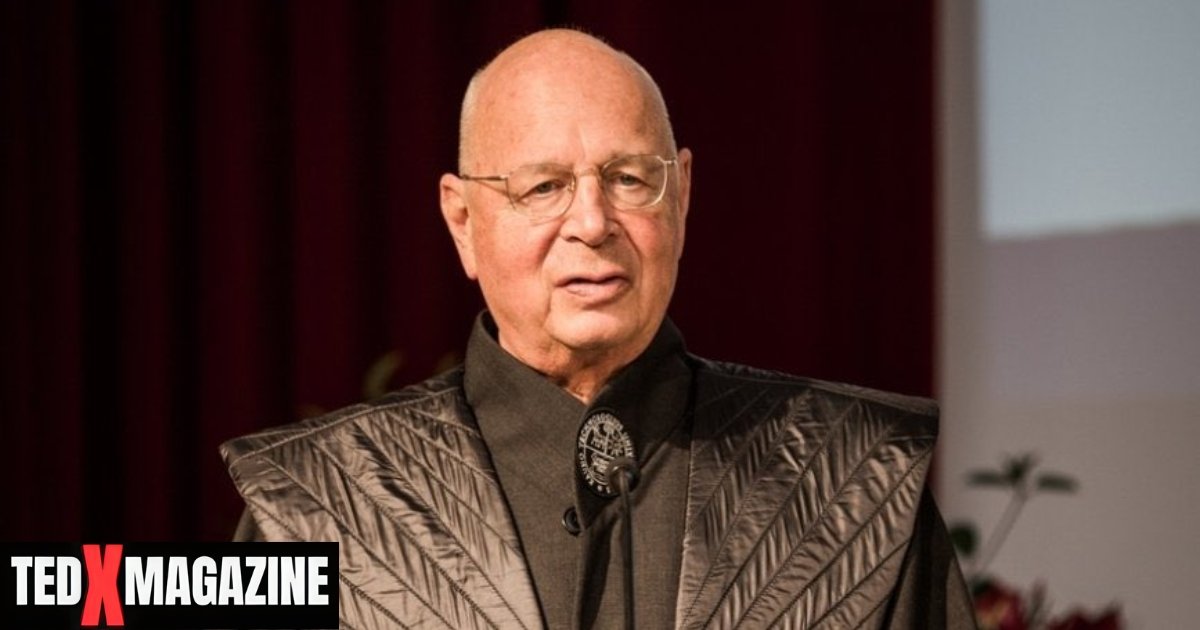Introduction
Clothes speak—even louder than words sometimes. When Klaus Schwab, the founder of the World Economic Forum, steps onto a stage, it’s not just his voice that catches attention—it’s his clothes. His outfits have stirred fascination, speculation, and even conspiracy theories. But what’s really behind his fashion choices? Let’s unravel the fabric of his style.
Who Is Klaus Schwab?
Klaus Schwab is a German engineer and economist, best known as the founder and executive chairman of the World Economic Forum (WEF). Since 1971, he’s been at the helm of global economic discussions, convening world leaders in Davos to tackle pressing global issues. His ideas around “The Great Reset” and stakeholder capitalism have made him a polarizing yet influential figure.
The Power of Public Image
Let’s face it—leaders know the power of image. Whether it’s Steve Jobs in a black turtleneck or Barack Obama’s iconic tailored suits, fashion becomes part of their identity. Schwab’s wardrobe follows the same rule. His clothing choices are not random—they communicate themes of futurism, authority, and control.
The Signature Klaus Schwab Outfit
Schwab’s most talked-about attire is the sleek, high-collared, dark cloak-like jacket. Think of a cross between a military uniform and a minimalist futuristic robe. The fabric is usually dark—navy blue or black—and the structure is sharp, clean, and commanding. No ties, no frills—just deliberate minimalism.
The Futuristic Robe Look
This look screams sci-fi. The high collar, clean lines, and dramatic silhouette have led many to compare Schwab to characters like Emperor Palpatine from Star Wars or even Marvel villains. Whether intentional or not, this robe-style outfit reflects a vision of the future—one that’s efficient, powerful, and maybe just a little ominous.
Military-Inspired Styling
There’s a rigid structure to his wardrobe that feels almost like a uniform. Some believe this is a nod to discipline and order, aligning with Schwab’s vision of global cooperation and centralized governance. It’s subtle, but the parallels are hard to miss.
The Public Reaction to His Clothing
It’s been a wild ride. While some applaud his futuristic fashion as innovative and bold, others have gone so far as to label it as “villain chic.” Social media has erupted with memes, side-by-side comparisons with fictional overlords, and heated debates about whether clothing like this is appropriate for global leaders.
Pop Culture Comparisons
One glance at Schwab during a WEF event, and you might think he walked straight off the set of a dystopian movie. Whether it’s comparisons to characters in The Matrix or political leaders in sci-fi lore, there’s a strong pop culture undertone to how people interpret his look. These comparisons fuel his iconic status—but also the conspiracy theories.
Fashion as Power: Global Perspective
Schwab isn’t the only leader leveraging style. Think of North Korea’s Kim Jong-un and his Mao-style suits or Mark Zuckerberg’s grey t-shirts. Each outfit tells a story—minimalism, power, rebellion, or intellect. Klaus Schwab’s style stands out because it blends modernism with symbolism, wrapping ideology into aesthetics.
Designer Influence Behind the Look
While the specifics aren’t publicly known, it’s clear that his clothing is tailored with intention. It’s possible he collaborates with private designers to ensure that every stitch aligns with his public persona. The high-quality materials and custom fit suggest nothing is off the rack.
Clothing and Ideology
Is there something deeper going on here? Some believe his fashion represents a philosophy—transhumanism, post-nationalism, or technocratic leadership. Whether or not that’s true, it’s undeniable that his outfit fits the mold of someone who envisions a radical shift in how society functions.
Klaus Schwab and the Media Spotlight
When you’re regularly on camera during global events like Davos, every detail counts. Schwab’s attire helps him stand out in a sea of black suits. His outfit becomes a visual shorthand for his ideas—challenging tradition, embracing the future, and redefining leadership norms.
Cultural Interpretations Around the World
Different cultures perceive authority differently. While Western audiences might see his look as cold or authoritarian, other parts of the world may view it as respectful, orderly, and intellectual. The context matters, and so does the cultural lens through which it’s seen.
The Psychological Impact of Style
Psychologists agree—what we wear affects how we feel and how we’re perceived. Schwab’s fashion choices likely reinforce his own role as a visionary leader. It sends a subconscious message: “I’m not here to blend in. I’m here to lead change.”
Conclusion
Klaus Schwab’s outfit is more than just fabric—it’s a statement. It challenges norms, sparks conversation, and aligns with his vision for the future. Whether you see him as a visionary or a villain, one thing is clear: the man knows how to use style as a tool for influence. In a world where image and message are deeply intertwined, his wardrobe speaks volumes.

